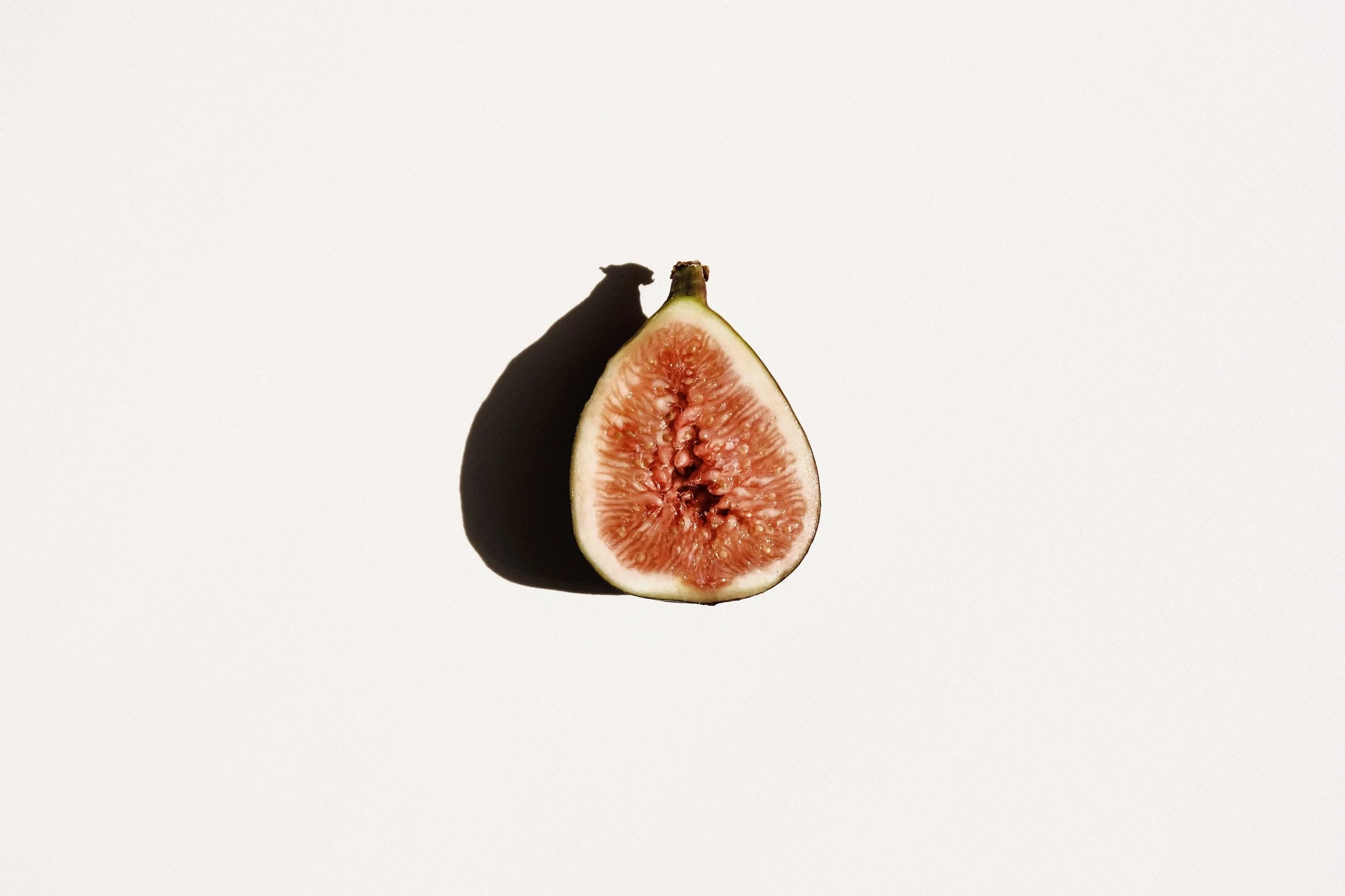Managing Recurrent Thrush (Naturally)
75% of women will experience vaginal thrush in their lifetime - and a subset of these women (about 9%) will experience recurrent infections. This is called recurrent vulvovaginal candidiasis (RVVC), which can be diagnosed when a person experiences 3 or more episodes of vaginal thrush within a year.
What causes thrush?
Thrush is caused by the overgrowth of a fungus normally present in the vagina (most often Candida albicans), resulting in inflammation of the vulval and vaginal epithelium. Itching, pain, stinging during urination and abnormal discharge (with a white appearance and yeasty smell) may result from this inflammation.
Conventional treatment
Doctor-prescribed treatments, typically azole antifungal agents (e.g. fluconazole tablets and Canesten cream) may resolve the acute infection, but for women with RVVC, these treatments rarely prevent recurrence.
Identifying the cause
To stop recurrence, the cause must be identified and treated. This could be:
Abnormalities in the vaginal microbiome and/or pH caused by the overuse of antibiotics, douching, washing with soaps, feminine hygiene products or sexual intercourse
Dietary factors
Hormonal factors - if you notice the onset of thrush at a particular time in your cycle e.g. just before your period, hormones may be the culprit
Poor immune function (if you experience frequent colds and also have RVVC, that’s a hint that poor immune function could be driving your symptoms)
Naturopathic investigations and treatments we use in clinic:
We can arrange for a vaginal microbiome test so that we get a clear picture of what is happening for you and which microbes are driving your symptoms.
Your practitioner can mix you up a customised herbal cream, utilising specific probiotics and antimicrobial herbs like pomegranate.
Oral herbal formulas may also be suggested. Your practitioner will include the herbs best suited to your specific presentation. Some of the herbs typically used for RVVC include manuka, thyme and pau d’arco.
Supplementation: may include immune support or specific probiotic strains to encourage beneficial microbes in the vagina to flourish.
Monitor your vaginal pH with pH test strips (make sure they include a low pH range between 3 and 5).
Track your symptoms and your menstrual cycle to identify any patterns.
Ready to get to the bottom of your symptoms? Book an appointment with Gemma here.

